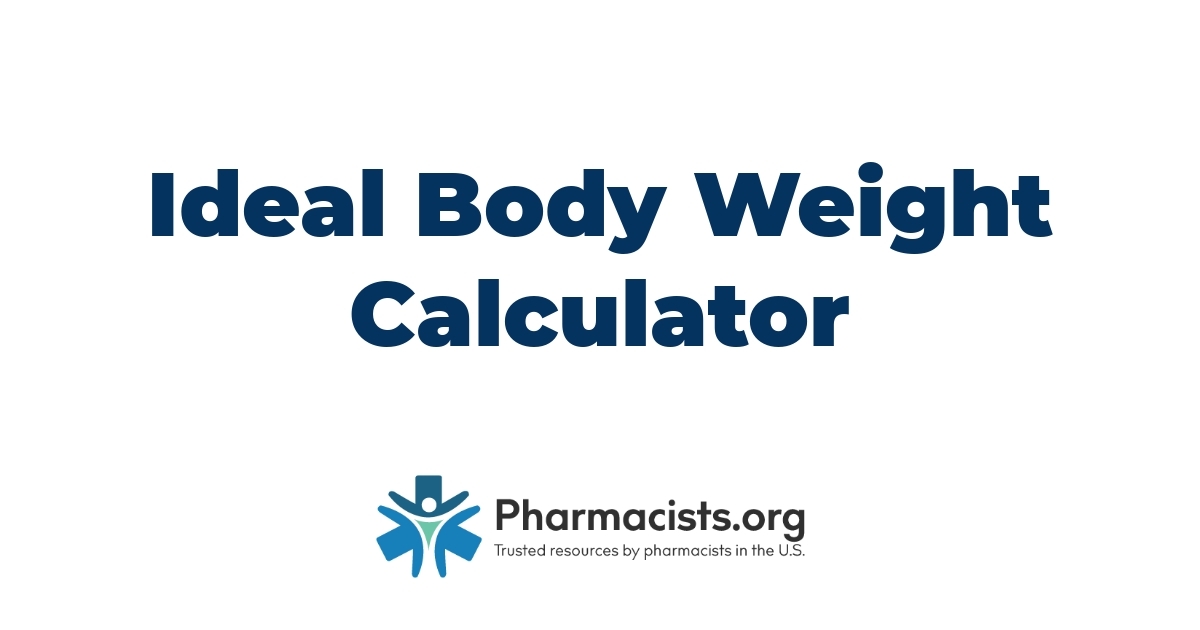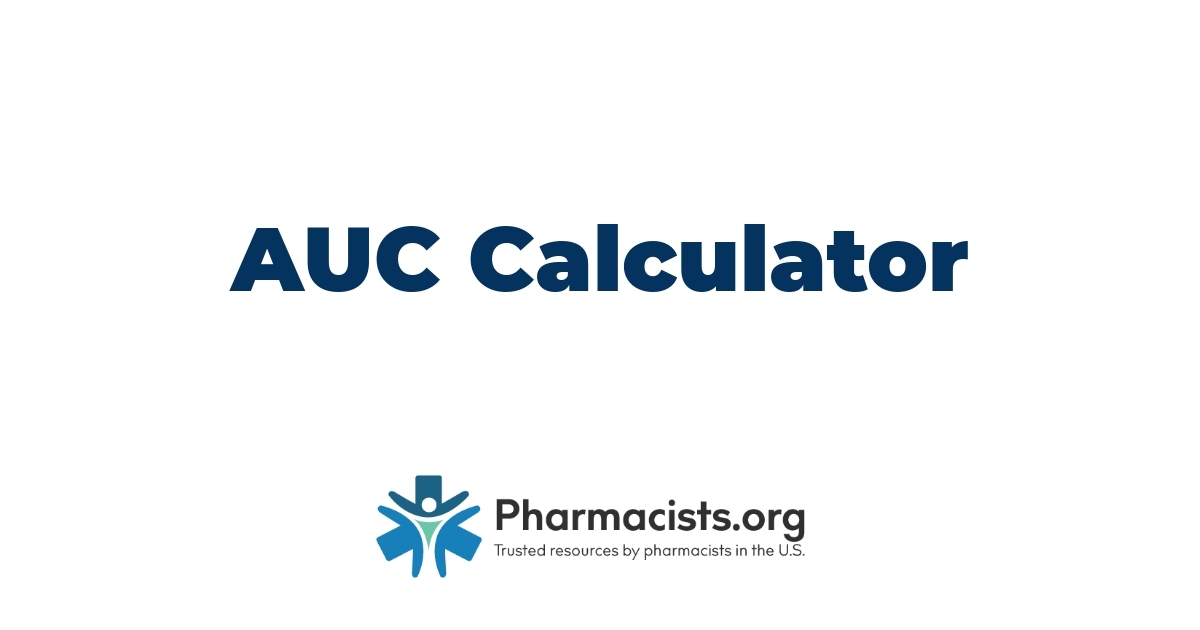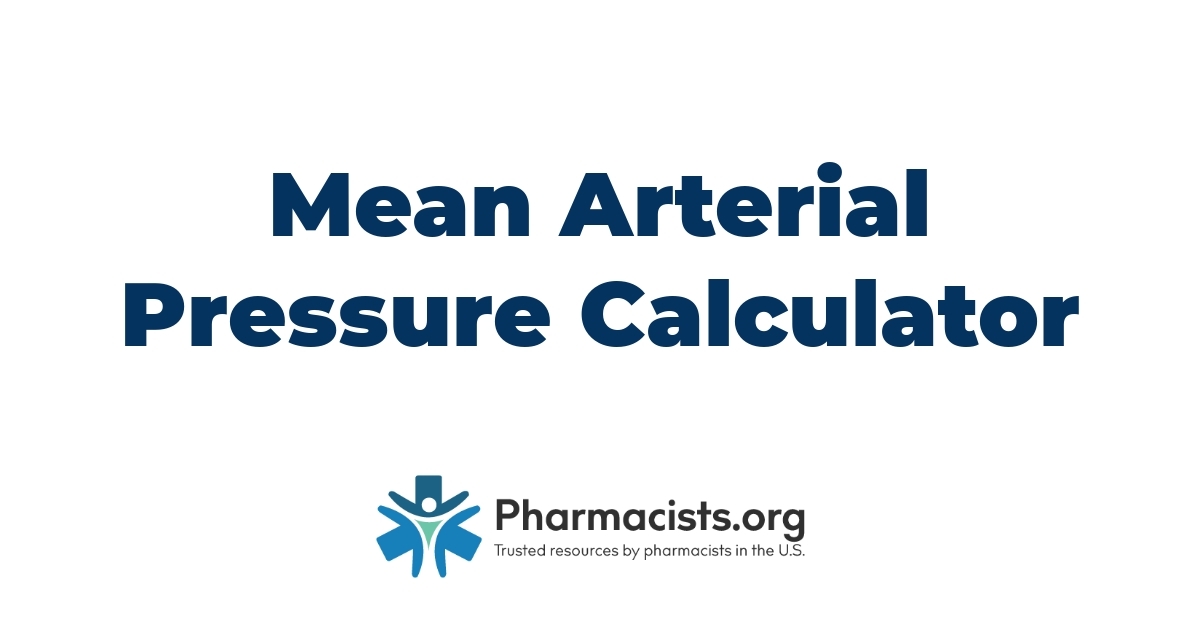Understanding the Berg Balance Calculator
The Origin of the Berg Balance Scale
The inception of the Berg Balance Scale dates back to the late 1980s, developed by Katherine Berg as a method to objectively assess the balance capabilities of older individuals. It stemmed from a critical need to predict fall risks accurately, a prevalent concern within geriatric care. This scale has since evolved into a fundamental tool within the rehabilitation and geriatric medicine fields, underpinning the development of targeted intervention strategies for those at risk of falls. As a testament to its efficacy, it’s widely endorsed across various healthcare sectors, including physical therapy, occupational therapy, and community nursing. Its adoption across these specialties underscores its reliability and versatility in assessing balance and mobility.
Components of the Scale
Delving into the Berg Balance Scale reveals its comprehensive nature, consisting of 14 individual tasks. These tasks range from simple actions, such as standing from a sitting position, to more complex activities, like standing on one leg. Each task is scored on a five-point scale, from zero (unable to perform) to four (performs independently), culminating in a maximum score of 56. A higher score signifies better balance ability. What sets this scale apart is its meticulous design to cover a wide spectrum of balance-related functions, ensuring a holistic assessment of an individual’s balance proficiency. Notably, its structured framework facilitates standardized evaluations, enabling consistent tracking of progress over time.
The Role of the Calculator in Therapy
The advent of the Berg Balance Calculator has significantly augmented the utility of the Berg Balance Scale. This digital tool simplifies the scoring process, providing immediate feedback on an individual’s balance proficiency. For therapists and healthcare professionals, this means enhanced accuracy and efficiency in evaluating balance, enabling the formulation of more precise treatment plans. For pharmacy owners and pharmacists, understanding the role of this calculator in therapy is pivotal. It allows for an informed conversation with patients and healthcare professionals alike about the management of balance impairments and fall prevention strategies.
Also, the calculator’s digital nature facilitates easier record-keeping and trend analysis over time, crucial for monitoring patient progress and adjusting intervention strategies accordingly. Its integration into therapy underscores a shift towards more technologically advanced, data-driven patient care approaches, aligning with the broader trends in healthcare towards precision medicine and tailored treatment plans.
How the Berg Balance Calculator Works
Interpreting the Scores
Interpreting scores from the Berg Balance Calculator is straightforward, yet carries profound implications for patient care. The scale consists of 14 tasks, each rated on a zero to four scale, with the total maximum score being 56. Scores of 45 or lower indicate a fall risk, which is crucial information for tailoring intervention strategies. This score allows healthcare professionals to gauge a patient’s balance proficiency accurately and quickly.
The calculator does more than just tally scores; it provides a clear breakdown of the areas where a patient may need the most support. Whether it’s transitioning from sitting to standing, maintaining a single-leg stance, or turning 360 degrees, the calculator identifies specific balance deficits. This targeted insight enables pharmacists and other healthcare workers to collaborate effectively, ensuring that interventions are as personalized and impactful as possible.
Advantages of Using the Calculator
The benefits of using the Berg Balance Calculator extend far beyond its primary function of assessing fall risk. Here are a few key advantages:
- Immediate Feedback: The digital nature of the calculator means results are instantaneous. This immediacy allows for quicker decision-making about patient care plans.
- Trend Analysis: The ability to track a patient’s progress over time is invaluable. The calculator facilitates this by storing scores, enabling healthcare professionals to monitor improvements or declines in balance ability. This trend analysis is crucial for adjusting treatment plans as needed.
- Increased Precision: Manual score calculations are prone to human error. The Berg Balance Calculator eliminates this risk, ensuring that the assessments are as accurate as possible. This precision is vital for healthcare professionals who rely on these scores to make informed decisions about patient care.
- Ease of Use: Its user-friendly interface makes the calculator accessible to all healthcare workers, regardless of their familiarity with digital tools. This universality promotes its integration into clinical practice, ensuring that more patients receive the comprehensive care they need.
Using Berg Balance Calculator in Clinical Practice
Case Studies: Success Stories
In our journey through clinical application, we’ve encountered numerous success stories that underscore the calculator’s efficacy. For instance, a rehabilitation center in California reported a remarkable 30% reduction in fall incidents among their elderly residents within six months of incorporating the Berg Balance Calculator into their assessment protocols. They utilized the tool’s detailed feedback to identify specific balance deficits and tailor interventions accordingly, demonstrating the calculator’s potential to significantly enhance patient outcomes.
Another example comes from a community pharmacy in New York, which integrated balance assessments into their senior care programs. By using the calculator, pharmacists were able to conduct comprehensive evaluations during routine visits, allowing for timely adjustments to treatment plans. Their proactive approach not only improved balance and mobility among participants but also fostered a stronger pharmacist-patient relationship, enhancing overall care provision.
Integrating Technology with Rehabilitation
The integration of the Berg Balance Calculator with rehabilitation programs represents a leap forward in patient care. This synergy between technology and traditional rehabilitation methods enables healthcare practitioners to fine-tune interventions with unprecedented precision.
Key to this integration is the calculator’s user-friendly interface, which ensures seamless adoption into existing practices without a steep learning curve. Besides, its instant feedback and trend analysis capabilities allow therapists and pharmacists to monitor progress in real-time, adjusting interventions as needed to optimize outcomes.
Challenges and Considerations
Accuracy and Limitations
Recognizing the tool’s accuracy and its limitations is paramount in applying the Berg Balance Calculator effectively. While the calculator provides immediate feedback and identifies specific balance deficits, it’s crucial to understand that its accuracy can fluctuate based on several factors. These include the variability in patients’ health conditions, the precision of the input data, and the consistency of the testing environment.
Besides, the calculator’s interpretation is based on scores lower than 45 to indicate a fall risk, but it’s essential to take these scores within context. A comprehensive clinical assessment should accompany the calculator’s results to ensure a holistic approach to patient care. For instance, an older individual with a score marginally above 45 might still be at significant risk due to other factors not captured by the Berg Balance Scale alone.
Adapting the Tool for Diverse Patient Needs
Tailoring the Berg Balance Calculator to meet diverse patient needs is another challenge that requires attention. Patients come with unique health profiles, and their ability to perform balance-related tasks can significantly vary. Pharmacy owners and healthcare professionals must adapt the use of this tool to account for factors such as age, physical abilities, and underlying health conditions.
For example, a patient with neurological conditions may require adjustments in how the assessment is conducted or may need additional support to complete certain tasks safely. Pharmacy owners can collaborate with healthcare teams to modify the assessment protocol, ensuring that it accommodates patients with a wide range of physical and cognitive abilities.
In facilitating these adaptations, pharmacies play a crucial role in the broader healthcare ecosystem. They serve as a vital touchpoint for disseminating information on fall prevention and promoting the use of tools like the Berg Balance Calculator. By offering training sessions for staff and informational materials for patients, pharmacies can enhance understanding and correct application of this tool.
Comparison to Other Balance Assessment Tools
Differences and Similarities
When comparing the Berg Balance Scale (BBS) and its associated calculator to other balance assessment tools, such as the Timed Up and Go (TUG) test or the Dynamic Gait Index (DGI), several key differences and similarities become apparent.
The BBS measures balance through static and dynamic tasks, making it comprehensive in evaluating a patient’s balance abilities. Unlike the TUG test, which primarily assesses the time it takes for an individual to stand up from a seated position, walk three meters, turn around, walk back, and sit down, the BBS offers a broader examination of balance by incorporating 14 different tasks. These tasks range from standing to turning 360 degrees, providing a detailed picture of balance proficiency. Similarly, the DGI focuses on gait and postural stability during various walking tasks, which is just one component of the BBS.
A shared aspect among these tools is their objective to assess and predict fall risks among older adults and individuals with balance impairments. They all serve as critical components in tailoring rehabilitation programs and enhancing fall prevention strategies. But, the Berg Balance Calculator brings an additional layer of precision by converting the BBS scores into a digital format, offering immediate feedback and recommendations. This digitization aids healthcare providers and pharmacy teams in making swift, informed decisions about patient care.
Choosing the Right Tool for Your Patients
In selecting the appropriate balance assessment tool, it’s paramount for pharmacy owners and healthcare professionals to consider the specific needs of their patients and the objectives of the assessment. The Berg Balance Calculator, with its detailed scoring system and digital feedback, is ideally suited for environments where a comprehensive assessment of balance is necessary and digital data can efficiently inform patient care plans.
For patients requiring a quick assessment of their mobility and risk of falling, the TUG test may offer a more straightforward solution. Conversely, in situations where gait analysis is of particular concern, the DGI may provide the most relevant insights.
Eventually, the choice of tool should align with the patient’s unique needs, the healthcare provider’s expertise, and the technological resources available in the clinical setting. For pharmacy owners seeking to integrate these assessments into their fall prevention programs, understanding the nuances of each tool—such as the Berg Balance Calculator’s comprehensive approach and digital advantages—is crucial.
I am a pharmacist, community pharmacy consultant, and medical writer with over 12 years of clinical practice experience in community, outpatient health system, long term care, and academic settings. I am also the founder of PharmCompliance.com, a website dedicated to the success of community pharmacy.
As a pharmacy project manager, I led the implementation of new service lines, assist with ensuring legal and third-party compliance for over 70 retail stores, lead quality improvement and medication safety initiatives, write policies, procedures, and best practices for all our retail sites, and help with optimizing revenue cycle and pharmacy profitability. I have been responsible for DMEPOS and vaccine accreditation through CMS, obtaining new licenses and permits, and implementing a prescription drug kiosk embedded in our physician offices.
As a medical writer, my work has been featured in GoodRx, Pharmacy Times, Drug Topics, Patient Care Online, and in peer-reviewed journals. I have also given presentations on a range of topics, from disease state pharmacotherapy for medical residents to updates on the CDC vaccine storage and handling guidelines for a medical-grade refrigerator and freezer manufacturer. I have written and presented continuing education for CEImpact, FreeCE, AchieveCE, Ascension Health, and the Florida Department of Health.
Owner, entrepreneur, and health enthusiast.
Chris is one of the Co-Founders of USA Rx.com. An entrepreneur at heart, Chris has been building and writing in consumer health for over 10 years.
Chris has a CFA (Chartered Financial Analyst) designation and is a proud member of the American Medical Writer’s Association (AMWA), the International Society for Medical Publication Professionals (ISMPP), the National Association of Science Writers (NASW), the Council of Science Editors, the Author’s Guild, and the Editorial Freelance Association (EFA).
Our growing team of healthcare experts work everyday to create accurate and informative health content in addition to the keeping you up to date on the latest news and research.

































